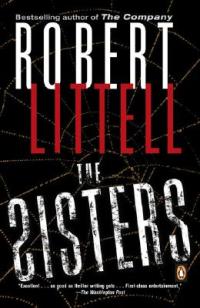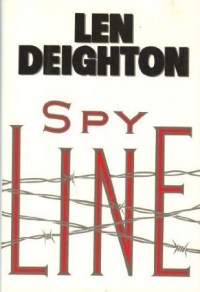The Shattered Stars by Richard S. McEnroe
 Wednesday, December 1, 2010 at 5:28PM
Wednesday, December 1, 2010 at 5:28PM 
Published by Bantam Books in January 1984
The Shattered Stars is an old fashioned space opera. There's nothing very original in the novel's components, but McEnroe assembles them effectively, creating a fun story that pits good guy underdogs against a bad guy telepath who seeks to increase his already immense power. It represents a good start to the author's short-lived "Far Stars and Future Times" series.
Moses Callahan, an independent freight hauler, is stuck on Hybreasil with a lien against his ship (the Wild Goose) for unpaid docking and service charges when Axyll Jakubowski offers him a contract to deliver cargo to Avalon. Callahan accepts the offer and hires the last available pilot on Hybreasil, Deacon Hallorhan, a former member of the Marine Infantry who was an "enhanced" soldier, a killing machine who fought a successful but bloody battle at Mishima before being conditioned against violence and discharged. Jakubowski's cargo turns out to be a weapon that creates a nuclear reaction from any element. Just before the Wild Goose is scheduled to depart, Jakubowski is killed and two passengers come aboard, one of whom is acting as a node for James Emerson White, a rogue telepath. The ship's engineer and third crew member, Mitsuko "Spooky" Tamura, is a also telepath, a fact she tries to keep hidden. Her former instructor, Eisberg, enlists her unwilling assistance in dealing with White, who is a threat to the telepathic community. Conflicts emerge in due course as the Wild Goose makes its way to Avalon.
As a good guys vs. bad guys story, The Shattered Stars is a bit formulaic; there's not much doubt about the goodness of the good guys or the badness of the bad guys, nor is there much doubt about who will prevail -- although to be fair, there's at least one significant surprise in the ending. Nonetheless, for what it is, the novel is well done: actions scenes crackle with vivid descriptions of battle; the crew members of the Wild Goose are easy to cheer for; and the story, despite being formulaic, is satisfying. Fans of classic space opera could do worse than to pick up a copy of The Shattered Stars.
RECOMMENDED



